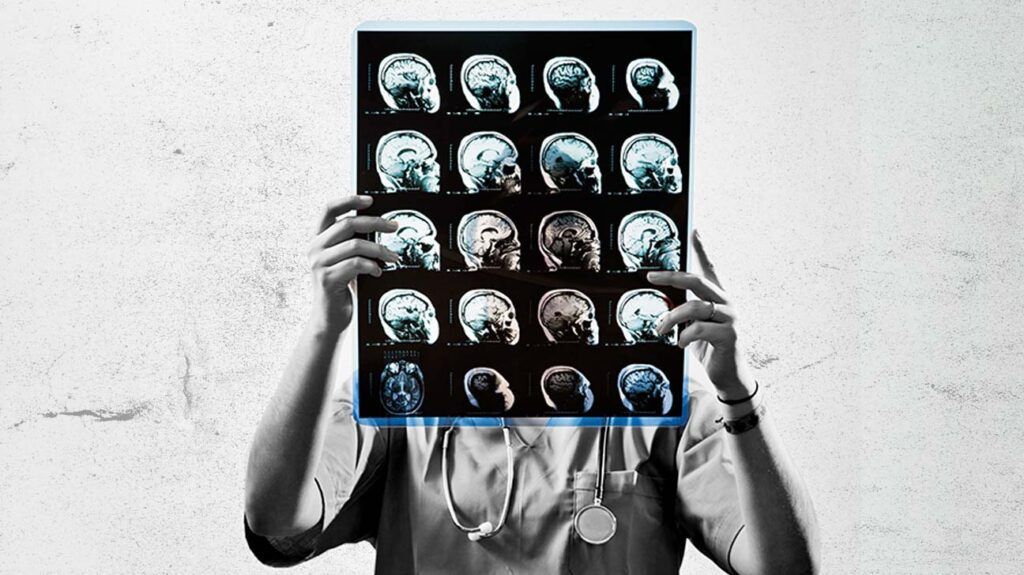Cerebellar hypoplasia can arise due to genetic factors or other conditions. The outlook for people with cerebellar hypoplasia varies according to the condition’s severity and the underlying cause.
Cerebellar hypoplasia is a neurological condition that affects the cerebellum, a part of the brain that coordinates movement. In people with cerebellar hypoplasia, the cerebellum is smaller than it should be and may be underdeveloped.
This article provides an overview of cerebellar hypoplasia. It looks at the symptoms and causes of this condition before discussing how doctors diagnose and treat it. The article also details the outlook for people with cerebellar hypoplasia and support options for their carers.
Information for caregivers
As a person’s condition progresses, they may need help reading or understanding information regarding their circumstances. This article contains details that may help caregivers identify and monitor symptom progression, side effects of drugs, or other factors relating to the person’s condition.

According to the
In infancy or early childhood
If cerebellar hypoplasia develops in infancy or early childhood, it can cause the following symptoms:
- low muscle tone
- delays in cognitive development and speech
- difficulties with walking and balancing
- seizures
- cognitive disability
- involuntary eye movements from side to side
In later childhood
Cerebellar hypoplasia may present with the following symptoms if it develops in later childhood:
It is important for parents or caregivers to ensure a child with any of the above symptoms receives medical attention.
There are several different causes of cerebellar hypoplasia.
Genetic changes
The condition sometimes develops due to genetic changes, also called mutations.
According to a 2022 study, at least 26 different genes may lead to cerebellar hypoplasia if they undergo a change. These genes include:
- CACNA1A
- ITPR1
- KIF1A
- APTX
- ATM
Nongenetic causes
Scientists have also found that cerebellar hypoplasia can arise from nongenetic causes. These include:
- premature birth
- perinatal hypoxia, which is oxygen deprivation around the time of birth
- hemorrhage
- certain prenatal infections
- exposure to teratogens, which are substances which can cause illnesses to develop before birth
- neurodevelopmental syndromes
- skull malformations
- obstruction of cerebrospinal fluid
- brain tumors
According to a
Doctors can also use genetic testing to make diagnoses. Such tests involve looking at an infant or child’s genetic material. This can allow doctors to detect genes that scientists know cause cerebellar hypoplasia.
The
Treatment for this condition often involves supportive measures. These aim to reduce the intensity of symptoms or help individuals to manage them. For instance, some forms of physiotherapy and movement therapy may help individuals with cerebellar hypoplasia.
Caregiving for someone with cerebellar hypoplasia can be challenging. It is important for caregivers to seek support if they feel they need it. This may involve reaching out to friends, family, and loved ones. It may also involve making time for self-care where possible.
The National Institutes of Health (NIH) lists organizations that may offer more specific forms of support to individuals who care for someone with cerebellar hypoplasia. These include the following groups:
Cerebellar hypoplasia is rare. As such, it is hard for doctors to determine the outlook for people with this condition.
Research suggests a person’s outlook can depend upon several factors. For instance, the
Cerebellar hypoplasia can also cause atypical development of the cerebellum. There is evidence that the exact kind and degree of these variations in development can affect an individual’s outlook.
Cerebellar hypoplasia is a rare condition that affects the cerebellum, a small area of the brain that is extremely important for movement. The cerebellum is smaller than it should be in people with cerebellar hypoplasia.
This condition can arise due to genetic mutations or develop due to other conditions, such as premature birth or hemorrhage. Cerebellar hypoplasia can cause limp muscles, movement difficulties, and seizures.
The treatment options and a person’s outlook will depend on the condition’s underlying cause and severity.
